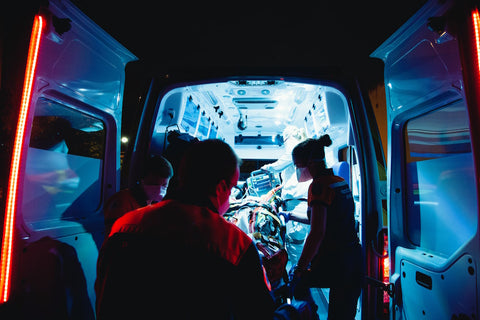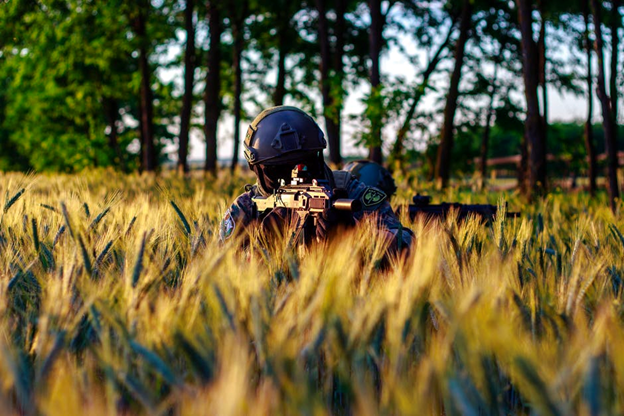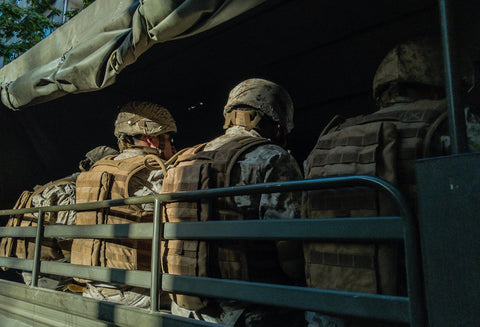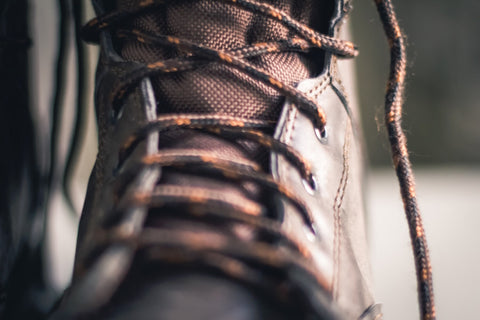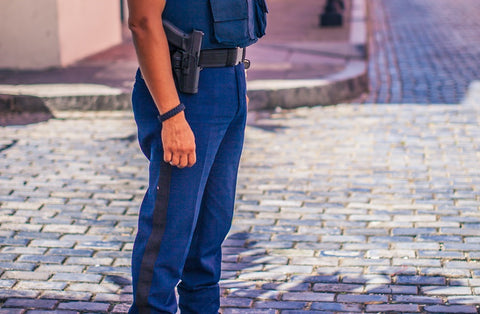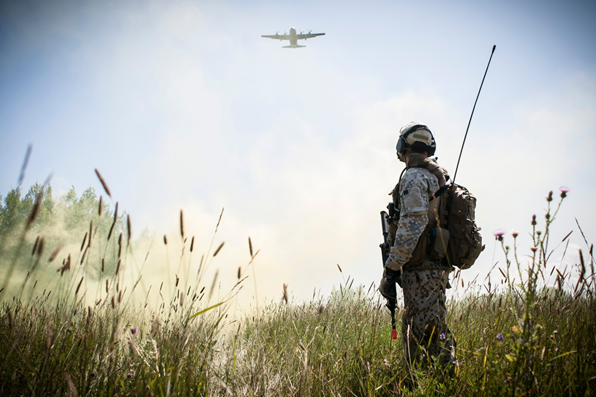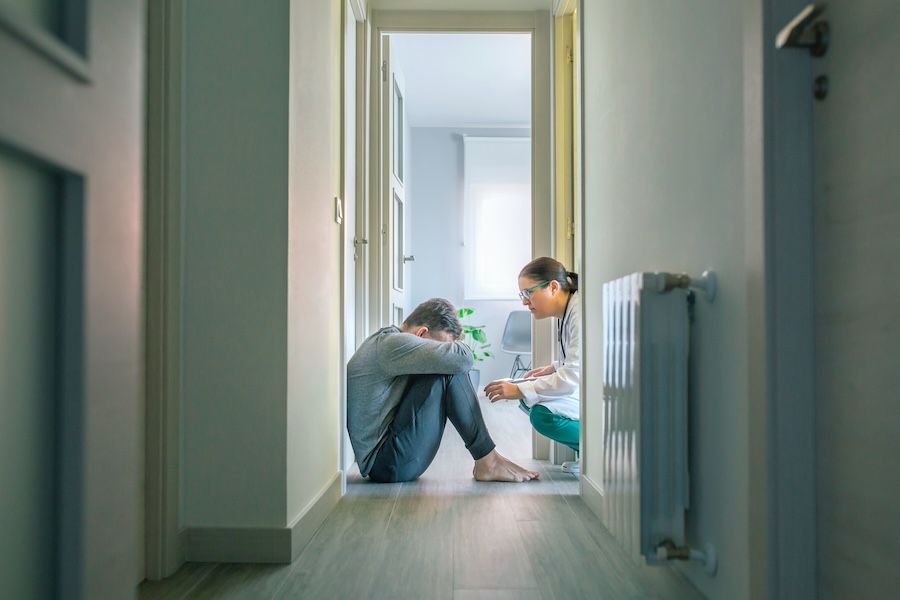Helping Someone During an Overdose: The Basics

How to Spot an Overdose – and What to Do
Not everyone knows how to identify an overdose, or what to do when one happens. Being aware of how to handle an overdose can prevent injury and death and make communities safer and stronger.
Read below to learn about overdoses and explain how to learn more about handling them.
Information About the Ongoing Opioid Crisis
You may hear the term ‘opioid crisis’ in the news or in conversation – it is used most frequently to refer to the thousands of deaths with causes involving opioids within the last decade.
Opioids are a category of drugs that interact with the body’s opioid receptors. They are often used to treat pain, but they can be addictive or abused easily.
In Canada, there were more than 11,000 opioid-related deaths between 2016 and 2018 – many of which were caused by overdoses.
How an Overdose Happens
An overdose can happen when the body’s opioid receptors are overwhelmed.
The risk of overdose can increase upon a number of practices, such as taking an opioid in a new way, taking an increased dose, or having withdrawals, or taking a type of opioid the body isn’t used to.
It is rare for someone to die immediately upon overdosing – that’s why it’s so important for community members to recognize the signs of an overdose so they can intervene.
What an Overdose Looks Like
How can you tell when someone is overdosing?
These are most often recognized as signs that someone is experiencing an overdose:
-
The person loses consciousness and/or is unresponsive
-
If the person is awake, they struggle to talk or breathe
-
Skin turns blueish purple or grey
-
The person makes sounds that indicate choking, snoring, or gurgling
-
The person vomits
-
The person’s body goes limp and their heartbeat is slow or hard to identify
What to Do If Someone Is Overdosing
Check if They are Awake
If you think someone is overdosing, it’s important to check if they are awake – but keep in mind that a person can be overdosing whether they appear awake or not.
If they are awake, try to keep them awake for as long as possible. This is something you may choose to do while waiting for an ambulance to arrive.
To keep them awake, you may try to ask them questions and keep them verbally engaged. If they can move, you may consider helping them walk around.
If they are asleep are you hear peculiar noises, don’t assume that the person is snoring – they may actually be overdosing. In this case, trying to wake the person up could save their life.
Call 911
As soon as possible, call 911. Ask for an ambulance and identify where you are. You may be compelled to say that you are witnessing an overdose, but it is even more helpful to describe what you see specifically.
For example, say whether the person is awake or not, if their pupils have changed colours, if they are making any sounds – these identifiers will help paramedics take the right route of action.
Use a Narcan/Naloxone Kit If You Have One
Naloxone is a type of medication that works to ‘reverse’ the effects of an opioid overdose. Specifically, it blocks the effects of opioids and can restore breathing.
In most areas, you can get naloxone kits for free from pharmacies or community organizations. It’s a great idea to carry one around while in your community.
How Do You Use One?
Most naloxone kits have a long nozzle – to use them, you spray this nozzle into the person’s nostril. Specifically, lay the person on their back, put the nozzle’s tip into one nostril, and press the plunger to release the naloxone. Other types of kits can be injected into the arm and leg.
Either way, it is important to know that opioids last longer than naloxone – meaning, the kit only delays the body’s response to the opioids. For this reason, it’s important to call 911.
Provide Rescue Breathing – If You Are Qualified
When an overdose occurs, the person overdosing will have a hard time getting the oxygen they need to breathe – this is often what leads to fatalities.
Learning how to perform ‘rescue breathing’ can be a major help, as it can stop the person from going into cardiac arrest.
Ultimately, learning how to perform CPR and similar first aid practices is one of the most helpful things you can do as a community member.
More Resources and Information About Opioid Overdoses
Fortunately, there are plenty of great resources that can help you learn and take action against the opioid epidemic.
-
Canada’s Opioid Overdose Crisis – Info from the Canadian Government
-
Opioid Info Sheet from the Canadian Centre on Substance Abuse and Addiction
-
Naloxone Info from the Centre for Addiction and Mental Health


